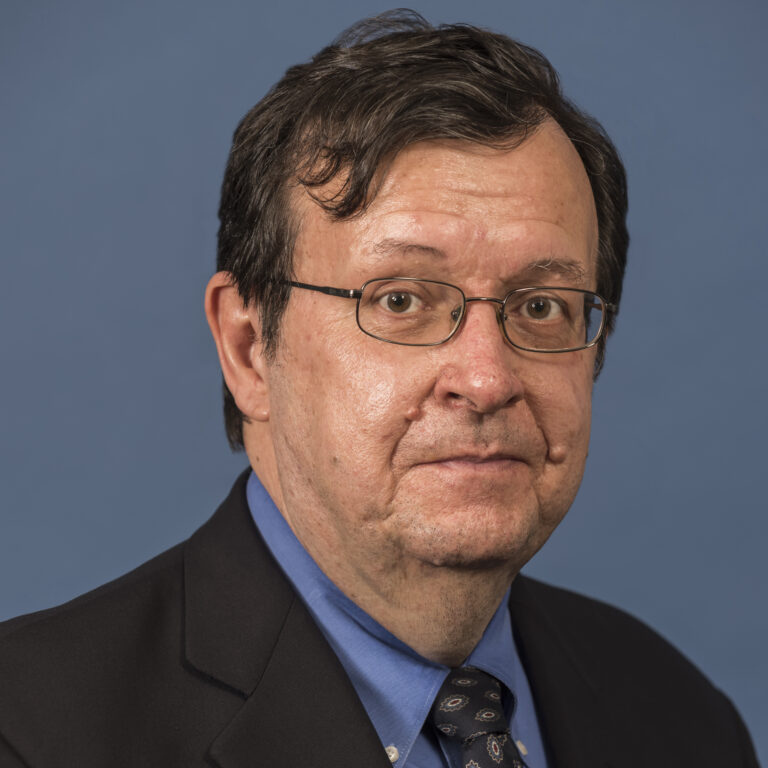New Approaches for the Anti-Nuclear Movement

July 28, 2025
These are hard times for individuals and organizations seeking to reduce the risk of a nuclear confrontation.
The dangers of a nuclear conflict are increasing, but public awareness of the risks we face is at a low ebb. The Bulletin of the Atomic Scientists’ Doomsday clock, an annual expert assessment of the risk of a nuclear war, is now set at 89 seconds to midnight—the closest to impending catastrophe the clock has ever been in.
Nuclear buildups by the three largest nuclear powers—the United States, Russia, and China—coupled with the near collapse of the global nuclear arms control regime make the risk of a world ending conflict more likely. Conflict between India and Pakistan adds to the danger.
The global challenges to reining in the nuclear arms race have occurred in parallel with a weakening of arms control and disarmament efforts in the United States. Funding for work on nuclear arms control and disarmament has dropped sharply, and a number of talented young activists and advocates have left the field, even as important organizations have closed their doors.
Unfortunately, President Trump’s occasional statements on the dangers of nuclear weapons have been countered by significant proposed increases in spending on nuclear weapons.
While anti-nuclear activists seek to rebuild their movement, other issues have drawn strong public responses, from efforts to stop U.S. military aid to Israel, to protests against the erosion of democratic rights, to resistance to the dismantling of the social safety net, to taking measures to curb climate change.
The anti-nuclear movement needs a new approach, beginning with a concerted effort to build bonds of trust with movements working on urgent issues like gun violence, militarization of the police and the border, racial justice, labor rights, women’s rights, LGBTQ+ rights, and political reform. The idea would not be to get these movements to put their primary issues aside to prioritize anti-nuclear work, but rather to build a broader network of activists and advocates that can join hands on specific issues at key moments.
This outreach beyond the traditional anti-nuclear movement should not come at the expense of its current strengths: a deep knowledge of arms control and nuclear technology; track two diplomacy that involves non-governmental experts attempting to improve the climate for governments to address nuclear dangers; and grassroots efforts to do everything from promoting policies of caution from using nuclear weapons to fighting for the complete abolition of nuclear weapons.
Any new efforts should proceed with a sense of history and recognize the leadership shown, for example, by civil rights pioneers such as Coretta Scott King and Bayard Rustin. They combined their efforts for racial justice with consistent advocacy for nuclear disarmament, as described in detail in Vincent Intondi’s seminal book, African Americans Against the Bomb. Their ability to link the issues of racial justice and nuclear disarmament without reducing attention to either offers an example for our work going forward.
We also need to honor and support the work of individuals and groups who have suffered from the development of the bomb, from survivors of the bombings of Hiroshima and Nagasaki (the hibakusha) to Marshall Islanders and U.S. residents who have suffered the health consequences of radiation from nuclear testing. Tina Cordova and the Tularosa Basin Downwinders Consortium, which is working to get compensation for victims of nuclear testing who are not currently receiving federal support, is portrayed in Lois Lipman’s powerful documentary, First We Bombed New Mexico. The stories of these groups, and of their resistance to the nuclear system, are an inspiration.
One tool that can be used to build stronger networks and strengthen the anti-nuclear movement is a new “Call to Halt and Reverse the Nuclear Arms Race.” The statement, originally disseminated by the Arms Control Association, Win Without War, and longtime peace activist and scholar David Cortright, has now been signed by over 20 organizations and individuals, with many more to come. The overarching goal expressed in the statement is as follows:
“To create a safer and more secure world for all … we, the undersigned, declare our opposition to the new arms race and the building, testing, and deployment of more nuclear weapons, and our support for disarmament.
We call on the leaders of the United States and other nuclear-armed states to immediately implement a mutual and verifiable halt to the deployment and development of more nuclear bombs and nuclear weapons systems.”
The bottom line of the new initiative is that building more nuclear weapons will not make us safer, and that our ultimate goal must be a world free of nuclear weapons.
The U.S. anti-nuclear movement of the 1980s, which was built around a similar, simple call to freeze and reverse the U.S.-Soviet nuclear arms race, successfully rolled back the Reagan administration’s nuclear buildup and set the stage for substantial reductions in U.S. and Soviet nuclear arsenals. The Freeze campaign’s call to action was backed up by grassroots activities around the country, including nuclear freeze resolutions in scores of localities; a Congressional resolution in support of the freeze; widespread public education on the consequences of a nuclear war; collective efforts by physicians, educators, and artists; and support from longtime arms control experts. The new statement is a rallying cry meant to increase public awareness of nuclear dangers and encourage individuals and organizations that don’t work directly in the nuclear field to make concern with nuclear weapons an element of their agendas.
One key element of the freeze movement was the availability of concrete things people could do to address the nuclear danger. Taking action, even small steps in the right direction, can be infectious and sustaining, especially at times of maximum risk.
Any step to reduce the danger of a nuclear confrontation is both welcome and necessary. But these steps should be linked to the longer term goal of eliminating nuclear weapons, as called for by the 94 nations that have signed on to the Treaty on the Prohibition of Nuclear Weapons (TPNW).
No one benefits from nuclear arms racing and nuclear threat mongering. We need to make that clear to the largest possible number of people and offer them positive steps they can take to pull the world back from the nuclear brink. If millions of people speak out, our chances of reining in the nuclear arms race will increase substantially.
Part of any successful effort to reduce and eliminate nuclear weapons must include elevating a new, more diverse set of voices and leaders. Unfortunately, there are not enough funds available to employ all the talented people interested in working towards nuclear disarmament. But we should build stronger networks to incorporate the work and energy of people who care about the issue but don’t have the privilege of working on it full-time. Avenues for connecting paid and unpaid anti-nuclear advocates could include writers groups, assistance in publishing, training in organizing and research, invitations to regular gatherings and other forms of collaboration that will welcome and intensify their participation.
Most importantly, much more effort will have to be devoted to building power outside of Washington. We need more organizers, but organizing is hard. Resources are needed both to pay people to organize against nuclear weapons, and to train people in best practices.
This essay is offered as one perspective on how to revitalize the anti-nuclear movement, drawing on the insights of colleagues in and outside of the field. Crafting an effective strategy will require additional dialogue and cooperation, mindful of the fact that the task is urgent and the time to turn things around is limited. But despite the challenges we face, we need to proceed with a sense of hope, and to take joy in the struggle, if we are to succeed in this essential undertaking.
From the ban-the-bomb movement of the 1950s to the nuclear disarmament efforts of the 1980s, committed activism unified by a common purpose has made a real difference in making the world a safer place. We need to proceed in that spirit now, aware that victory is possible and that the status quo is unacceptable.
